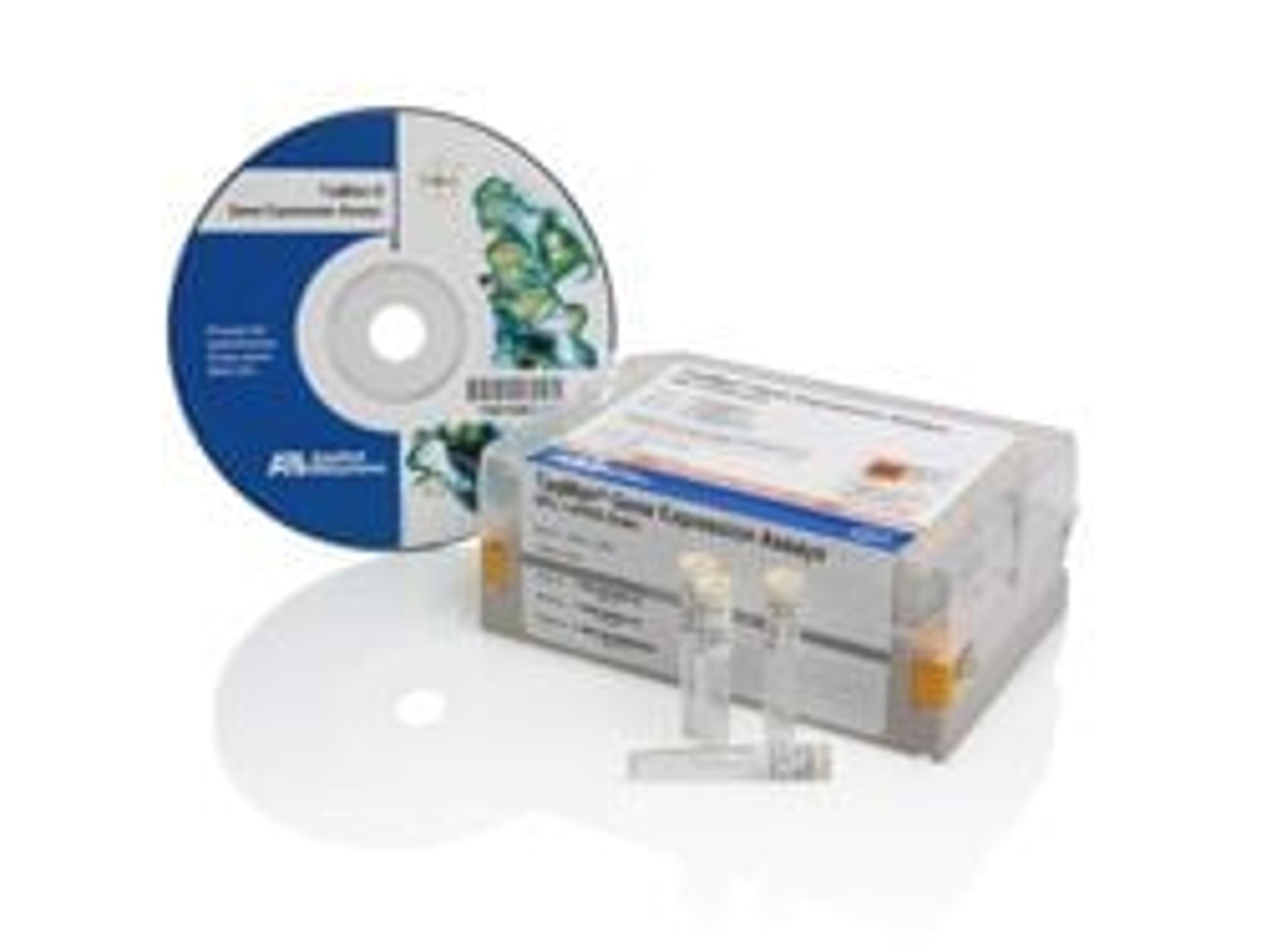Researchers Identify More Than 200 New Genes Associated with Cell Division
7 May 2007Scientists at the Center for Medical Research, University Clinic Graz, have identified approximately 200 new genes associated with cell division, a process that, when uncontrolled leads to cancer. The findings may help researchers better understand the causes of tumor formation as well as identify new therapeutic targets.
Dr. Christian Gülly, leader of the Molecular Core Facility at the Center for Medical Research, measured gene expression levels in cells at various stages of the cell cycle using DNA microarrays from Applied Biosystems, an Applera Corporation business. In addition to finding genes already known to have a roll in mitosis, he identified more than 200 novel genes associated with cell division. Dr. Gülly used RNA interference (RNAi) techniques to discover the function of these genes in dividing cells.
Dr. Gülly had previously attempted this experiment using other commercially available microarray platforms, but was dissatisfied with the results.
“The results we obtained using the Applied Biosystems microarrays were clearly superior to the other systems,” said Dr. Gülly. “And, after successfully validating the results by conventional PCR-based gene expression analyses, I have finally found a system I know I can count on.”
The Molecular Core Facility is the first Austrian institution to participate in the Applied Biosystems Advanced Gene Expression Service Provider Program. The program provides service providers with a comprehensive solution for gene expression analysis based on the highly sensitive Expression Array System for whole genome analysis and gold-standard TaqMan Gene Expression Assays for target validation, combined with technical and promotional support from Applied Biosystems.
In its two years as a service provider, the laboratory has already worked on more than 25 research projects from Europe and the USA. The projects range from stem cell research to analysis of the impact of medicine, and are funded by several national and international bodies such as the Austrian genome research program (Gen-Au), the Austrian science fund (FWF), the Austrian central bank and the research program of the European Union.
In June, 2006, Quality Austria certified the laboratory for EN ISO/9001:2000, based on the facility’s high standard of quality and reliability, raising its international profile considerably.
“Cooperation with internationally recognized laboratories is part of our ongoing strategy to support scientific research on a global basis,” said Lars Holmkvist, president of Applied Biosystems, Europe. “The Gene Expression Service Provider Program also allows other smaller research laboratories to access the advantages of our comprehensive solution for gene expression in a cost effective manner.”

